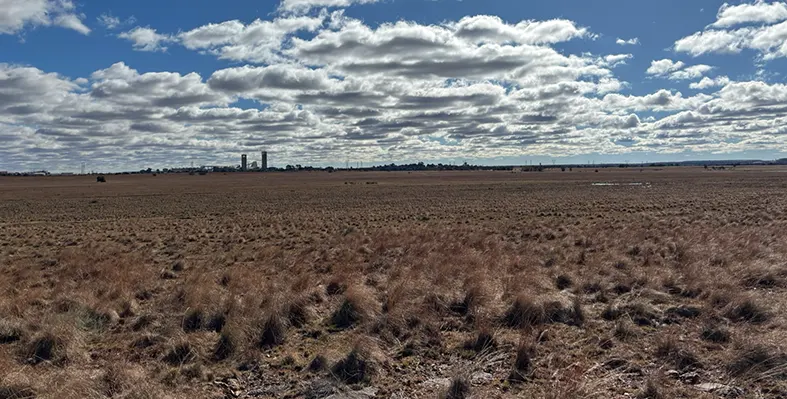A new €6mn (US$7mn) finance facility has been created to help small businesses in Africa to buy more solar generators
Green Genset Facility (GGF), a not-for-profit empowering small and medium-sized distributors supplying solar generators to the off-grid or weak-grid retail market, will use the grant funding to expand clean energy coverage.
The facility comes via ZE-Gen, a collaborative initiative of the Carbon Trust and Innovate UK, both of which receive backing, directly or indirectly, from UK public funds.
ZE-Gen’s grant funding for GGF is made possible following support for ZE-Gen from IKEA Foundation, a philanthropic organisation.
Maxime Marion, managing director of GGF, said the additional grant funding “enables GGF to power-charge the solar generator market in sub-Saharan Africa.”
Marion added: “For too long small and medium distributors have been priced out of the market by onerous, inaccessible and complex finance facilities, limiting customer choice and restricting competitive market growth and the GGF funding marks a step change in the market.”
Unlike conventional finance, GGF finance is fast and simple, and its iterative approach allows distributors to only buy the stock they are confident they can sell, avoiding costly stockpiling, minimising risk and enabling sustainable growth.
ZE-Gen’s collaboration will allow GGF to ramp up its work breaking down the traditional barriers to financing solar inventory that many small and medium wholesalers face, such as low-ticket sizes, complex due diligence and high transaction costs.
The new funding is part of ZE-Gen’s mission to make renewable energy the affordable go-to source of power in countries where reliable electricity is limited or non-existent and follows a further £10mn (US$13.4mn) in support from the IKEA Foundation earlier this year.
Despite being home to two-thirds of the world’s population, emerging economies currently only account for 15% of global clean energy investment, with homes and businesses facing frequent blackouts that can last for weeks at a time, negatively impacting daily lives, health and business income.
ZE-Gen’s approach tackles market barriers to renewable energy-based alternatives to fossil fuel generators by uniting innovation, finance and skills to drive competitive market growth.
To date, it has catalysed £39.75mn (US$53.4mn) — against a £100mn (US134.4mn) target — and supported more than 30 projects across Nigeria, Ivory Coast, Cote d’Ivoire, South Africa, Malawi and Uganda, as well as Fiji and the Philippines outside Africa.
“Globally, around 1.5 billion people don’t have access to reliable electricity and the potential market for renewable energy generators across sub-Saharan Africa is huge,” said Lily Beadle, ZE-Gen lead at the Carbon Trust.
“The success and failure of any business hinges on being able to access affordable working capital and so ZE-Gen’s involvement with GGF will make a huge difference to the growth of the solar generator market and create new green jobs.”
Read more:







